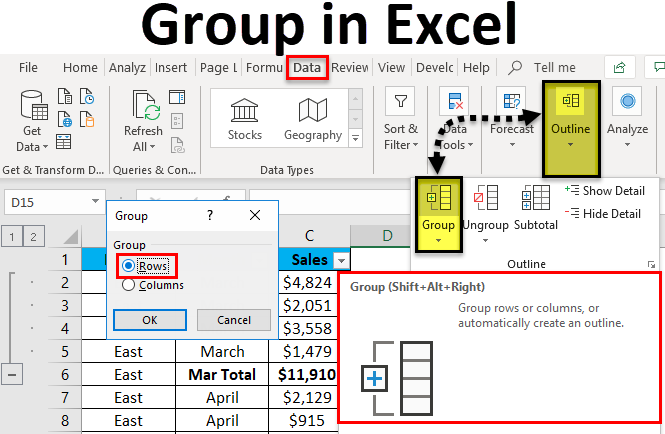
- In numbers for mac create subtotals for each group of identical entries in a column how to#
- In numbers for mac create subtotals for each group of identical entries in a column series#
Modified Dataframe by applying lambda function on each row: Print("Modified Dataframe by applying lambda function on each row:")

ModDfObj = dfObj.apply(lambda x: x + 5, axis=1) # Apply a lambda function to each row by adding 5 to each value in each column Now, to apply this lambda function to each row in dataframe, pass the lambda function as first argument and also pass axis=1 as second argument in Dataframe.apply() with above created dataframe object i.e.
In numbers for mac create subtotals for each group of identical entries in a column series#
So, basically Dataframe.apply() calls the passed lambda function for each column and pass the column contents as series to this lambda function. Finally it returns a modified copy of dataframe constructed with columns returned by lambda functions, instead of altering original dataframe. As, our lambda function returns a copy of series by infringement the value of each element in given column by 10. This returned series replaces the column in a copy of dataframe. Modified Dataframe by applying lambda function on each column:Īs there were 3 columns in dataframe, so our lambda function is called three times and for each call a column will passed as argument to Print("Modified Dataframe by applying lambda function on each column:") ModDfObj = dfObj.apply(lambda x : x + 10) # Apply a lambda function to each column by adding 10 to each value in each column To apply this lambda function to each column in dataframe, pass the lambda function as first and only argument in Dataframe.apply()
In numbers for mac create subtotals for each group of identical entries in a column how to#
Now let’s see how to apply this lambda function to each column or row of our dataframe i.e. Suppose we have a lambda function that accepts a series as argument returns a new series object by adding 10 in each value of the Let’s use this to apply function to rows and columns of a Dataframe.ĭfObj = pd.DataFrame(matrix, columns=list('abc'))Ĭontents of the dataframe in object dfObj are,Īpply a lambda function to each row or each column in Dataframe args : tuple / list of arguments to passed to function.


If value is 0 then it applies function to each column.axis : Axis along which the function is applied in dataframe.This function accepts a series and returns a series. func : Function to be applied to each column or row.along each row or column i.e.ĭataFrame.apply(func, axis=0, broadcast=None, raw=False, reduce=None, result_type=None, args=(), **kwds) Python’s Pandas Library provides an member function in Dataframe class to apply a function along the axis of the Dataframe i.e. In this article we will discuss how to apply a given lambda function or user defined function or numpy function to each row or column in a dataframe.


 0 kommentar(er)
0 kommentar(er)
